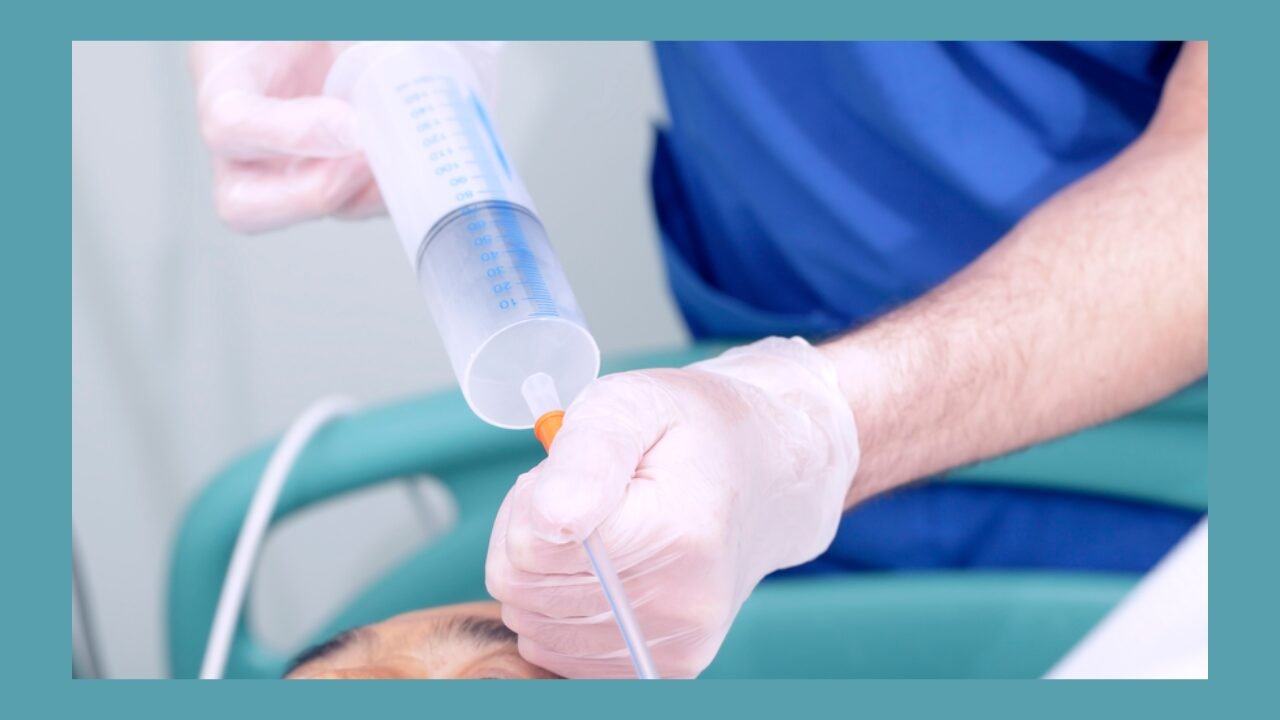Ensuring Safety and Efficiency with Feeding Tubes

Feeding tubes play an invaluable role in healthcare settings. They provide necessary nutritional support to individuals unable to consume food orally. Ensuring these medical devices’ safe and efficient use is paramount for proper patient care and avoiding complications arising from their use.
What are Feeding Tubes?
Feeding tubes are medical devices that deliver nutritional support to patients who cannot obtain sufficient nutrition by mouth. This can be due to various reasons, such as an inability to swallow, surgery, neurological disorders, or critical illness. These tubes can be inserted via the nose, stomach, or small intestine.
Safety Considerations
The use of feeding tubes requires vigilance and a high standard of care to ensure patient safety. Infection control is a primary concern, as the insertion site can become a pathway for bacteria to enter the body. Regular monitoring of the site, as well as proper hand hygiene and aseptic techniques, are critical in preventing infections.
Another key safety issue is the risk of aspiration, which can occur if gastric contents are regurgitated and enter the lungs. To mitigate this risk, the patient’s position must be carefully managed, and healthcare professionals must be trained to recognise the signs promptly and take appropriate action.
Efficacy of Feeding Tubes
Ensuring patients receive the correct nutritional content through their feeding tubes is as vital as the safety considerations. Dietitians are essential in calculating patients’ dietary requirements and formulating feeding regimens that match those needs.
Efficiency also encompasses the timely delivery of nutrition, which can impact a patient’s recovery and outcome. Healthcare providers must be skilled in managing feeding schedules and troubleshooting any issues with the enteral feeding sets to maintain a consistent and beneficial nutritional intake for the patient.
Types of Feeding Tubes
Different feeding tube types, such as nasogastric, gastrostomy, and jejunostomy, serve various purposes and patient conditions. Selecting the appropriate tube type is critical in providing safe and effective care. The choice is typically based on the duration of the need for tube feeding and the patient’s anatomical and medical status.
Nasogastric and Nasoenteric Tubes
These tubes are inserted through the nose and extended into the stomach or the small intestine, typically for short-term use. Special care must be taken to verify their correct placement to prevent complications.
Gastrostomy and Jejunostomy Tubes
For long-term nutrition, gastrostomy or jejunostomy tubes are used. They are surgically placed into the stomach or jejunum. While they offer more stability and are less prone to dislodgement, the surgical site requires careful monitoring for signs of infection or irritation.
Training and Education
Proper training and education for healthcare providers and caregivers in using, maintaining, and troubleshooting feeding tubes and associated equipment cannot be overstated. Knowledge of recognizing and responding to signs of complications is vital for maintaining patient safety and minimizing risks.
Accessories and Supplies
Alongside the feeding tubes, an array of enteral feeding sets and accessories supports the feeding process. From pumps and syringes to feeding bags and connectors, every item must be of high quality, compatible with the feeding tubes, and used correctly to maintain the integrity of the enteral feeding system.
Quality and Standards
Quality control in the manufacturing of feeding tubes and accessories is essential. Medical grade materials, sterile packaging, and compliance with health and safety standards ensure that the products are reliable and safe. Providers should source these critical items from reputable companies such as the Medisa homepage, which offers a comprehensive range of medical supplies.
Collaborative Care Approach
A collaborative approach between different specialties, such as dietitians, nurses, pharmacists, and physicians, is necessary for optimising the use of feeding tubes. This team-based care ensures that all aspects of the patient’s nutritional needs and medical condition are considered, resulting in improved healthcare outcomes.
Family and Patient Involvement
Involving patients and their families in the care process, to the extent possible, empowers them and improves compliance with feeding regimens. Educating them about the’ purpose, care, and potential complications of feeding tubes can significantly affect the patient’s well-being and recovery.
READ MORE
Conclusion
Feeding tubes are lifesaving devices that require meticulous management to ensure their safety and efficacy in providing nutritional support. Healthcare providers are responsible for upholding the highest standards in selecting, using, and maintaining these devices, utilising the resources and expertise of a multidisciplinary team, and sourcing high-quality supplies from trusted providers. With the proper knowledge and equipment, feeding tubes can significantly improve patient outcomes in the short and long term.
